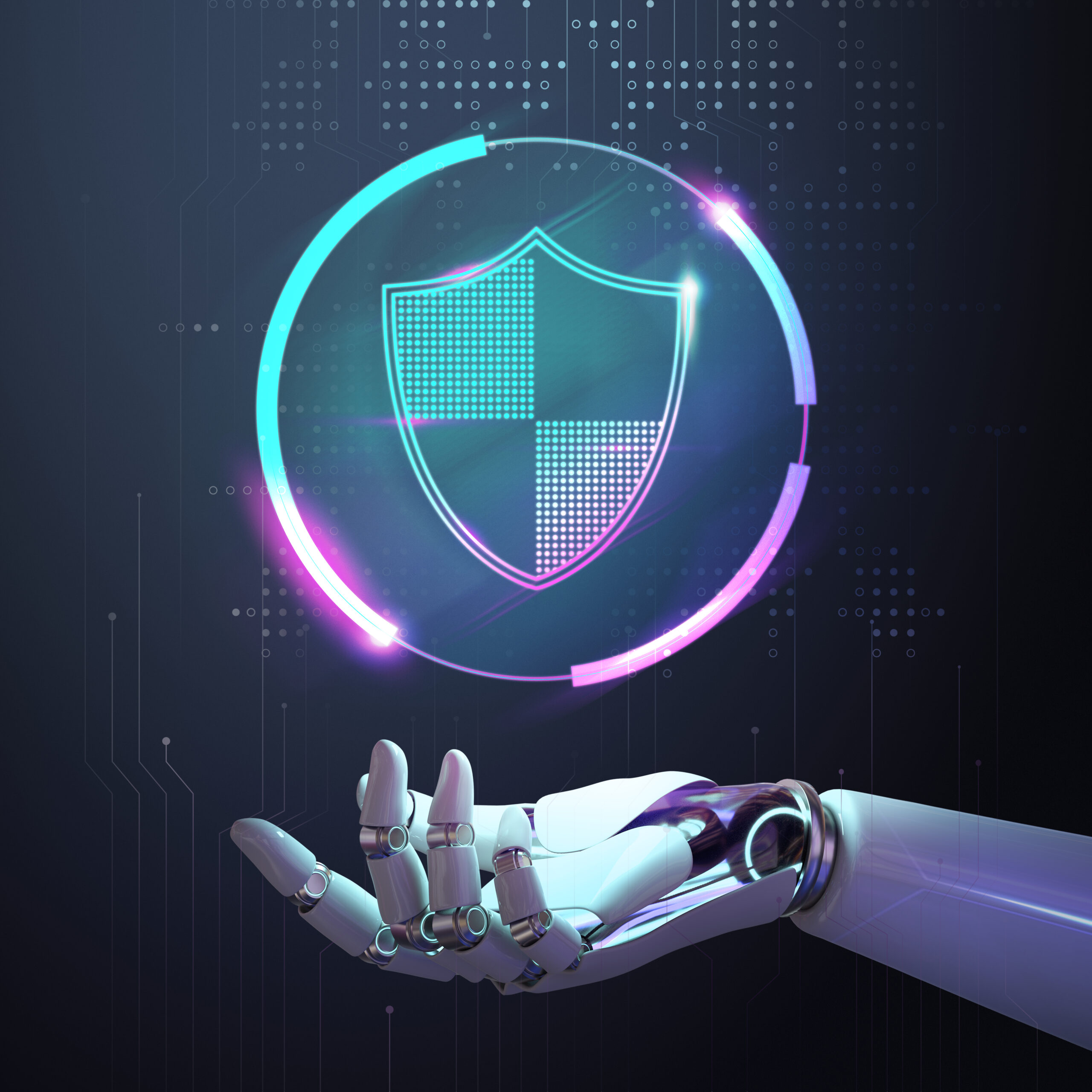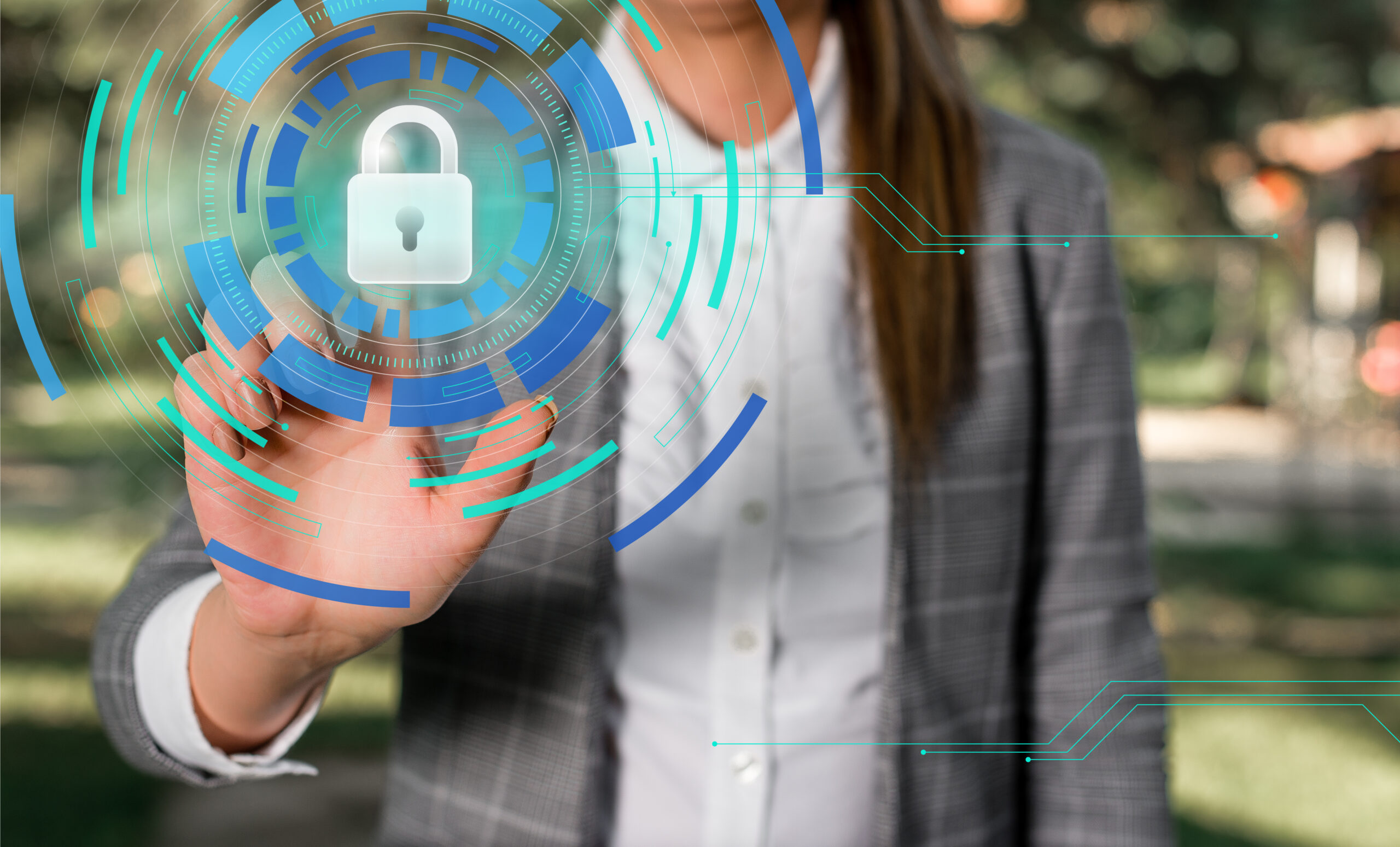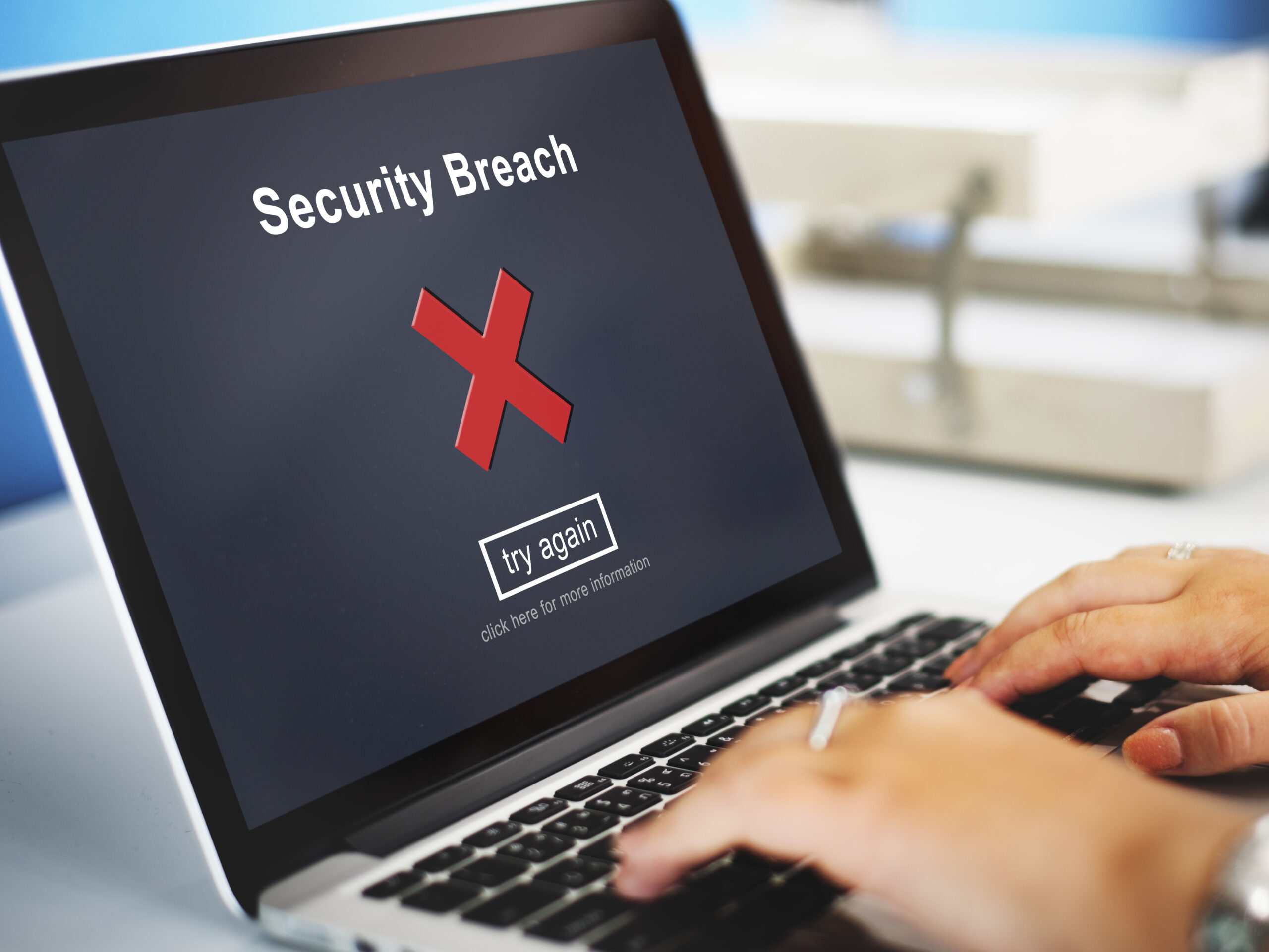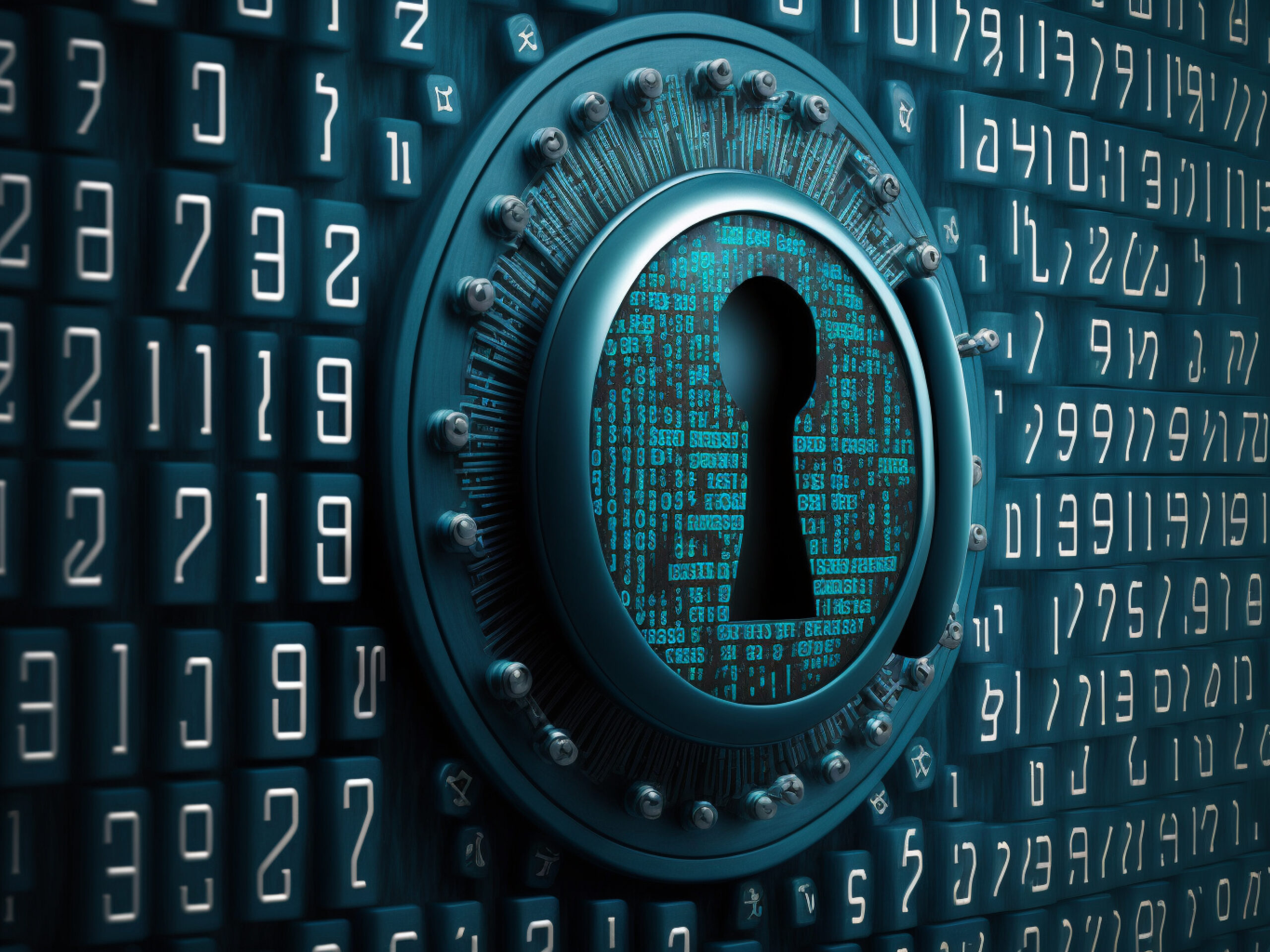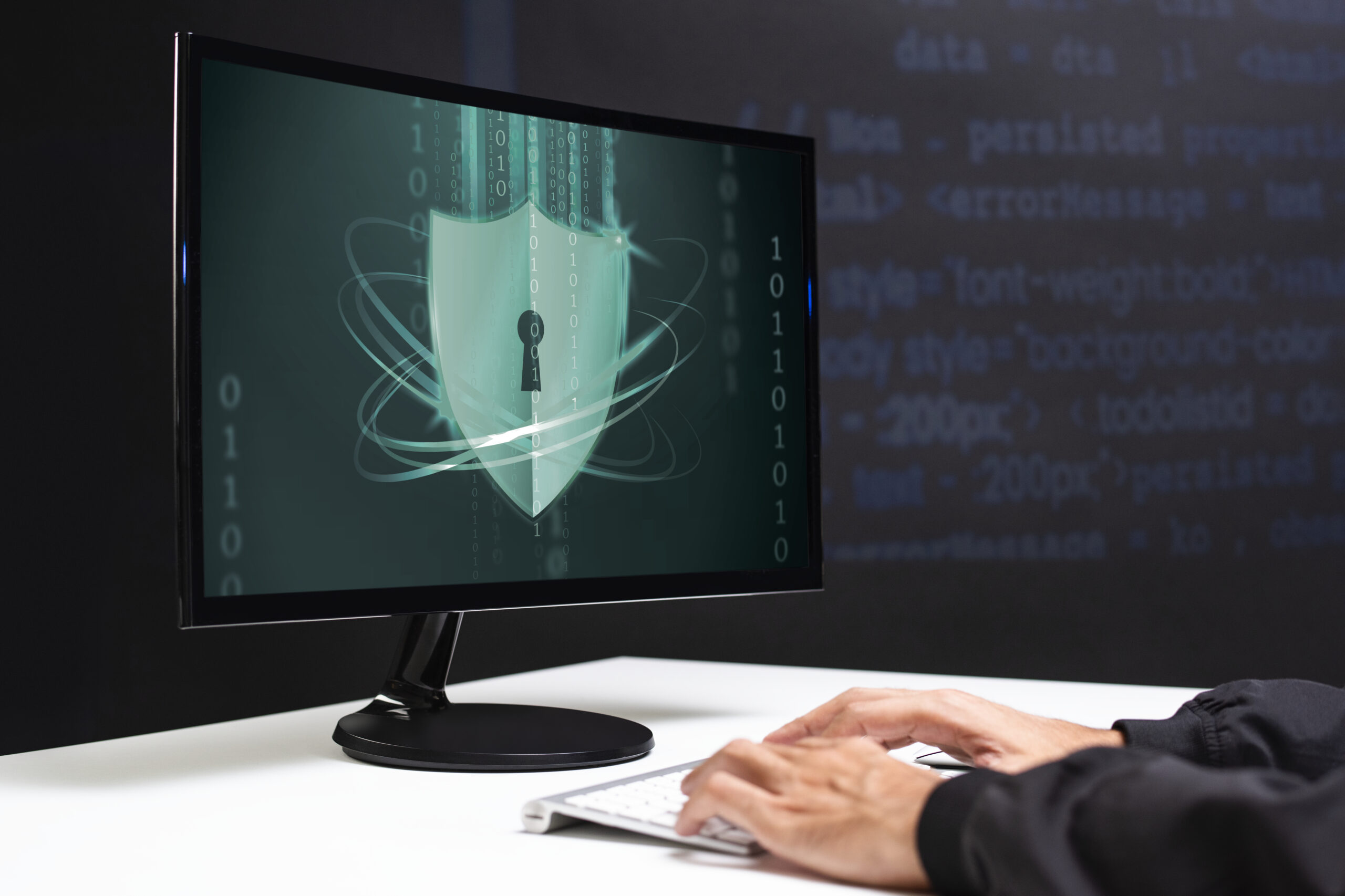The Relevance of Artificial Intelligence in Cybersecurity
Artificial intelligence (AI) has become a key player for many people in different personal and…
5 social media security strategies
With the evolution of technology and its general implementation in all areas of individual action,…
Proactive security: What is it and why use it to prevent and detect threats and cyberattacks?
Proactive security involves a combination of technologies, processes, and practices designed to…
What is a CVE?
CVE, Common Vulnerabilities, and Exposures is a list of standardized names and codes for naming…
The 5 Cybersecurity Trends You Need to Know
Businesses should invest in staying up-to-date with the latest cybersecurity trends to protect…
What is hashing: How it works and uses it in cybersecurity
Hashing is a crucial process in information security that transforms any data into a unique and…
How can your credit card data be stolen?
With the proliferation of online commerce, credit card data theft has become a common crime.…
Top cybersecurity tools to use in your business
Implementing cybersecurity tools appropriate to corporate needs within organizations' cybersecurity…
Importance of Personal Privacy in the Digital Age
Personal privacy in the digital age is a critical aspect that requires constant attention and…


